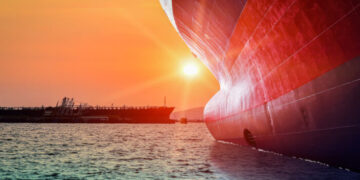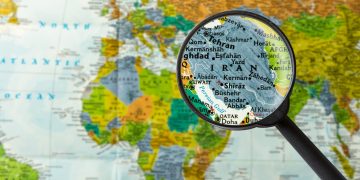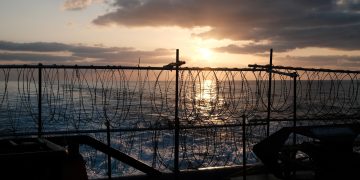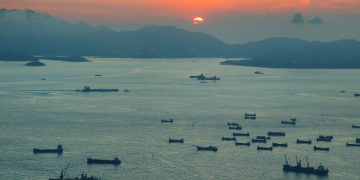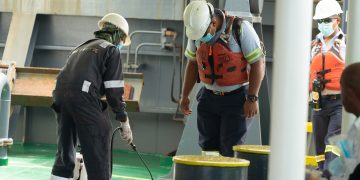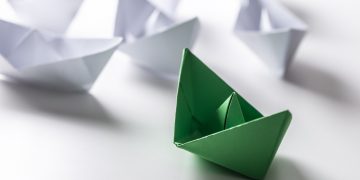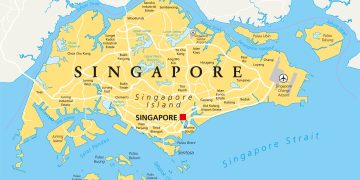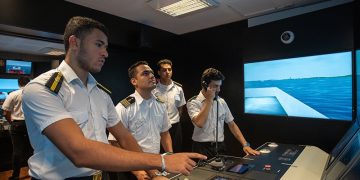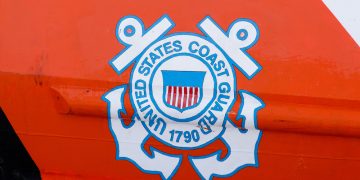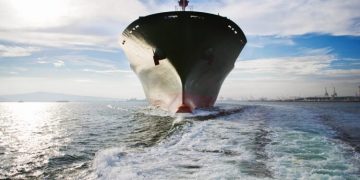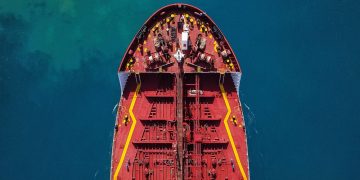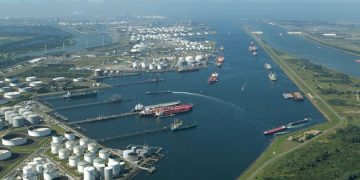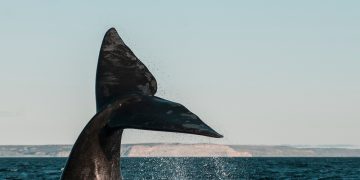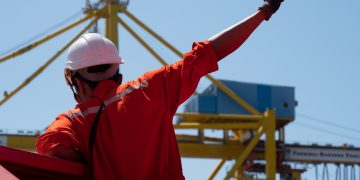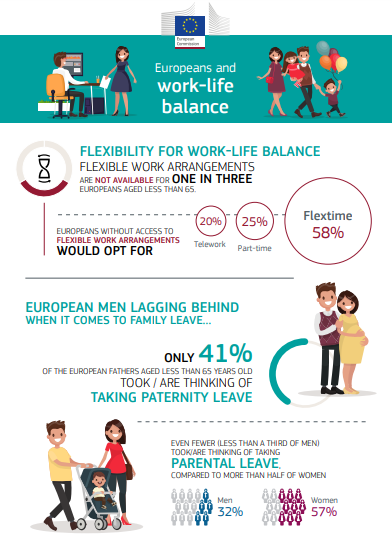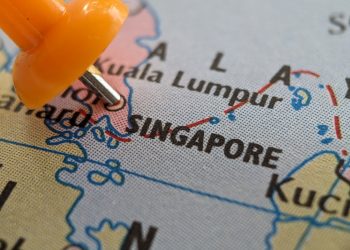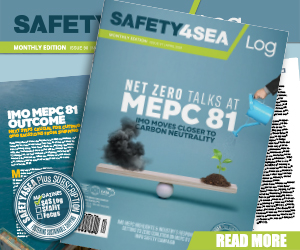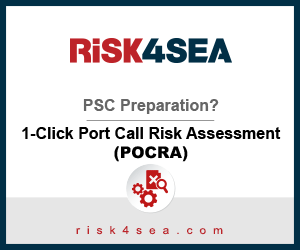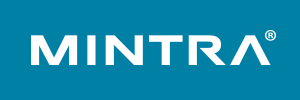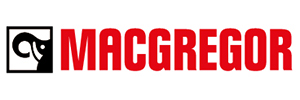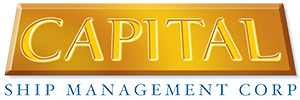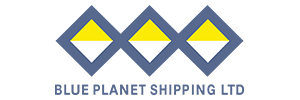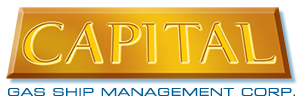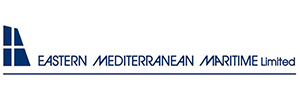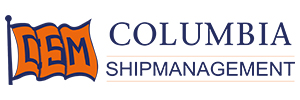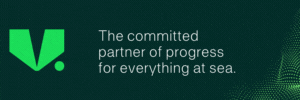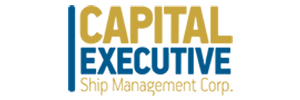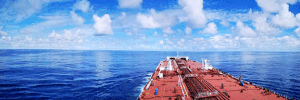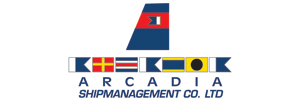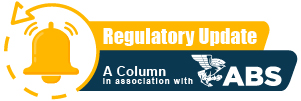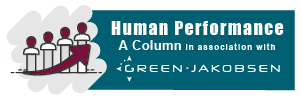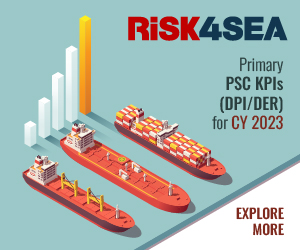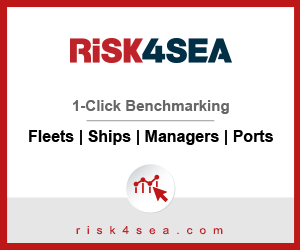The EU celebrates today, 3rd of November, the Equal Pay Day, in a bid to highlight the difference in the average gross earnings of women and men in global business. Women in the European Union still earn on average 16.2% less than men, while in the maritime field, the figure climbs to 45%, leading us to assume that gender pay gap is the top of the iceberg along other factors keeping women away from shipping careers.
Several discussions and a gradually greater awareness around gender equality in shipping have started to lay the ground for a greater sensibilisation and more initiatives for this gap to be covered.
Still, according to data provided by the World Economic Forum, the level of women’s participation in the maritime remains at an estimated 2%, while, according to Maritime HR Association survey data from 2017, maritime women are paid on average 45% less than men and constitute only a 7% of management positions.
Key facts
According to HR Consulting, women employment in shipping for 2017 formed as follows:
- Over 76% of the women’s workforce operates at administrative, junior and professional level roles, with few reaching managerial levels or higher
- Only 0.17% of women have places on executive leadership teams
- The greatest challenge for women appears to be progressing from a professional to a senior professional level
- In technical, marine, safety and quality-related functions, women represent 14% of the workforce, likely linked to the low number of women seafarers moving to onshore positions.
- Women employees are heavily weighted at the junior level and 90% of all other employees are men, suggesting that there are currently few opportunities for women to progress in such functions
- In chartering functions, women represent 17%of the workforce. Although the majority remain at the administrative and junior levels, there is better representation at the professional, senior professional and managerial levels than in the previous category
- In commercial functions, women represent 33% of the workforce, with better representation at all levels than in the other categories
- The difference in the average salary of men and women is 45%
- Countries with the greatest salary differences do not employ any women on executive leadership teams and employ few at the directorial level
- Except at the junior and administrative levels, men are paid on average more than women.
Women and men are equal. This is one of the EU’s founding values. But women still effectively work for two months unpaid each year, compared to their male colleagues. We cannot accept this situation any longer,
-First Vice-President Frans Timmermans, Commissioner Marianne Thyssen and Commissioner Věra Jourová
Actions taken
The European Commission has put a number of proposals on the table to address the issue. In the context of the European Pillar of Social Rights, the Commission’s Work-Life Balance proposal seeks to set up the right for fathers to take at least 10 days of professional leave around the birth of their child, while it establishes paid parental leave as a non-transferable equal right for women and men, which is expected to act as ‘a strong incentive for men to use this possibility, rather than asking women to stall their careers for a long period while men return swiftly to work.‘
This is expected to increase the participation of women in the labour market in the long run. The negotiations with the European Parliament and Council are ongoing, and an agreement is possible by the end of 2018.
Meanwhile, the UN Global compact, UN Women, the Inter-American Investment Corporation (IIC), a member of the Inter-American Development Bank (IDB), as well as The Multilateral Investment Fund (MIF), launched in 2017 the Women’s Empowerment Principles Gender Gap Analysis Tool (WEPs Tool), a business-driven tool designed to help companies from around the world assess gender equality performance across the workplace, marketplace, and community.
Conclusion
The factors behind the pay gap are multiple: women more often work part-time, they are confronted with the corporate glass-ceiling, they work in lower paid sectors or often have to take the primary responsibility for care of their families.
Of course, payment is one aspect of the coin for women hesitating to pursue a career at sea. In a publication on gender equality in shipping, ISWAN, WISTA and Anglo-Eastern cited another five key forms of discrimination a woman can encounter while at sea:
- harassment
- sexual harassment
- bullying
- stereotyping
- insensitivity
In this regard and, taking into consideration that the world is still struggling to perceive some sort of diversity across the whole range of working positions, is maybe an indicative that there is still much to be done in shipping and in any other industry.
Did you know? Why the European Equal Pay Day is in November The gender pay gap in the EU still averages around 16%. The European Equal Pay Day date is calculated on this Eurostat figure and symbolizes when women across the EU would stop earning for the rest of the year in comparison to men.




